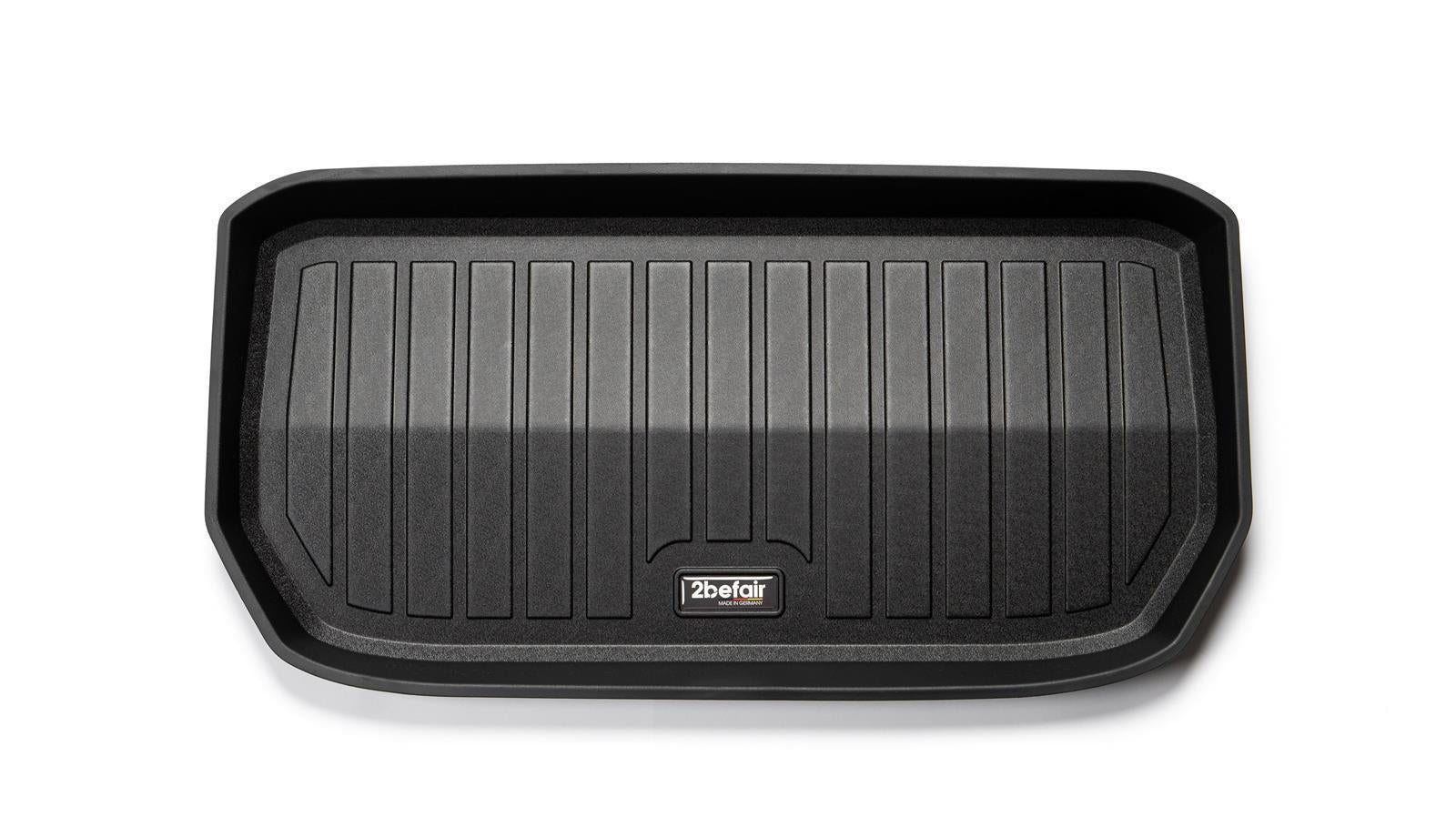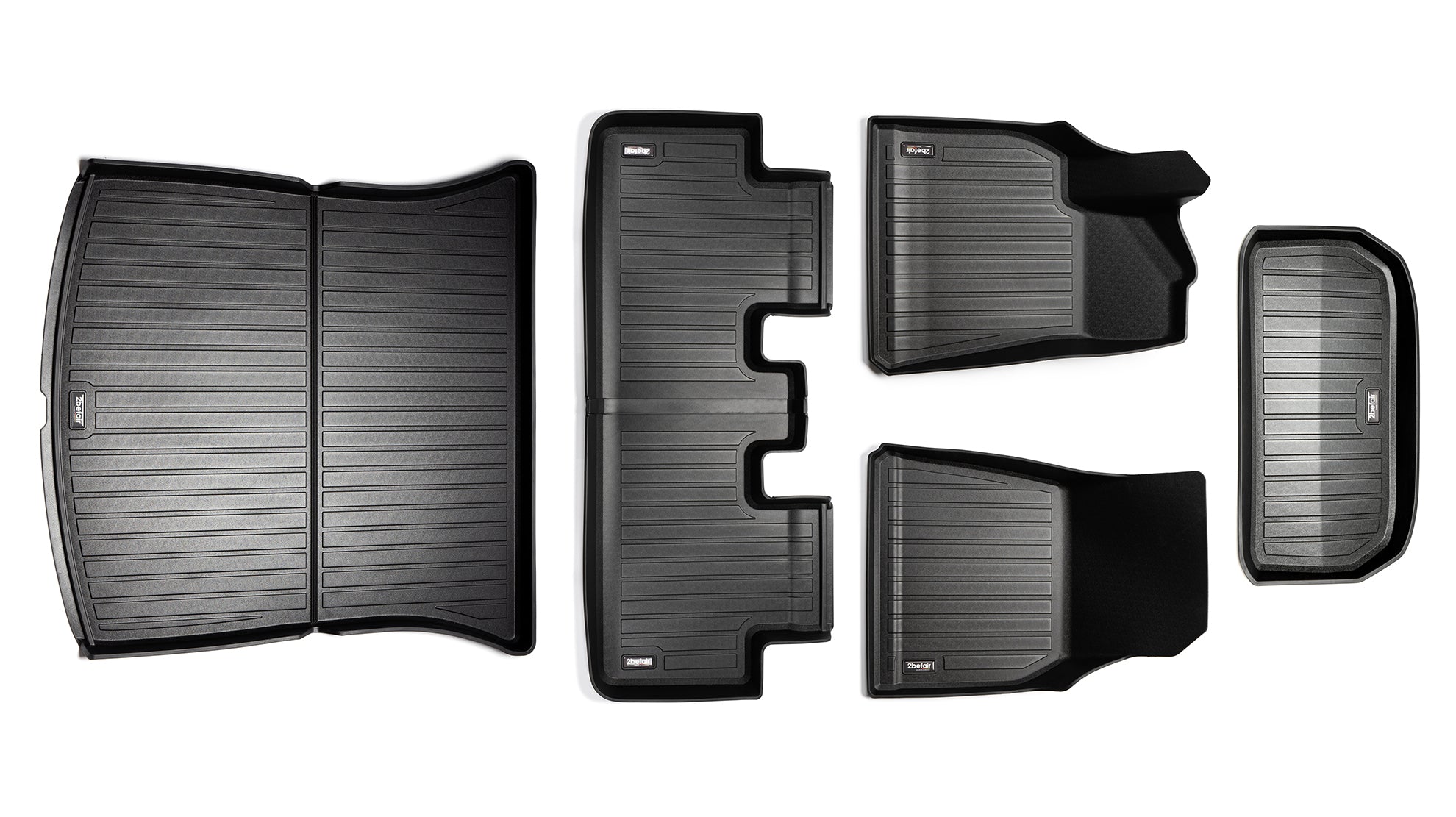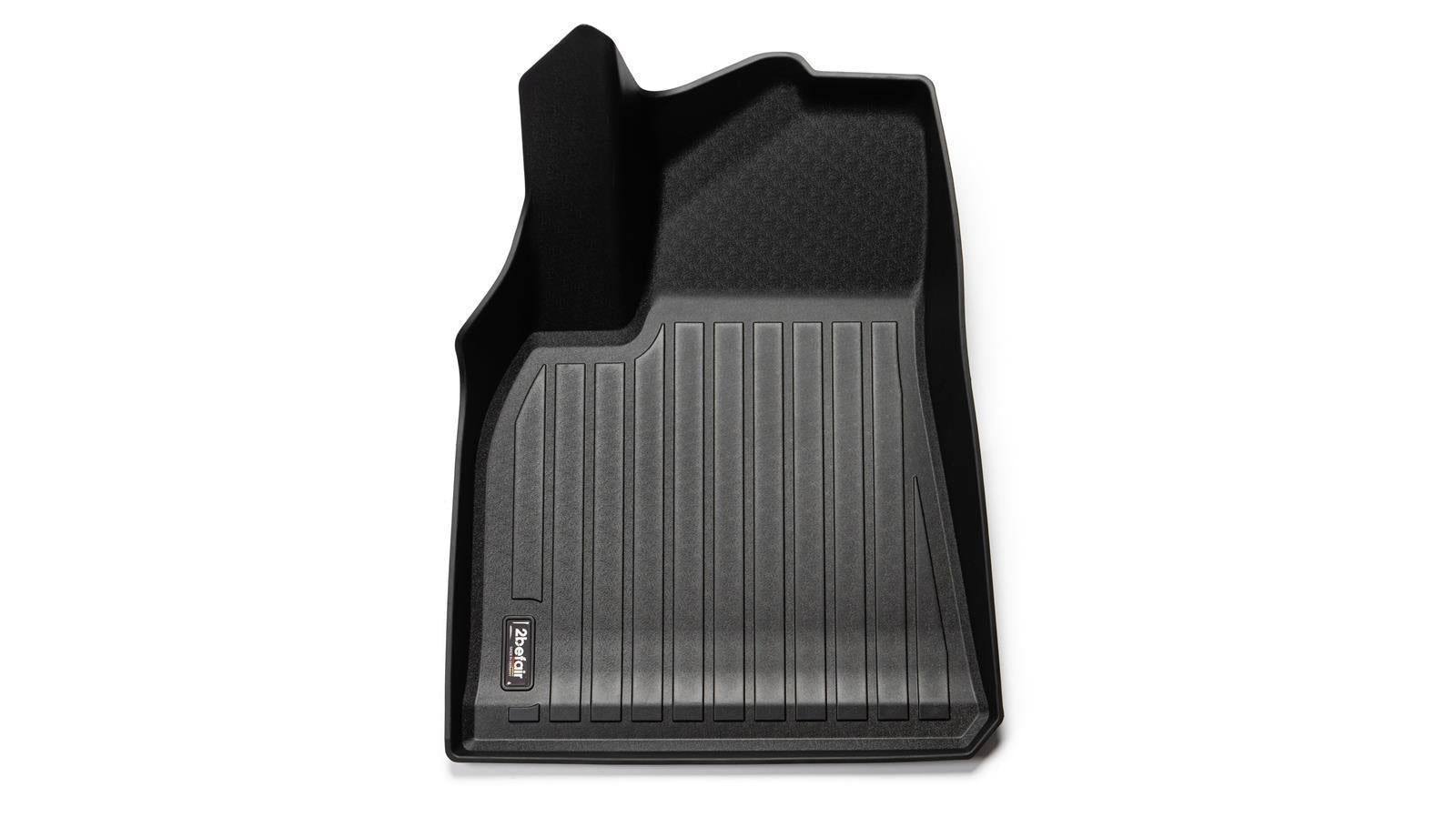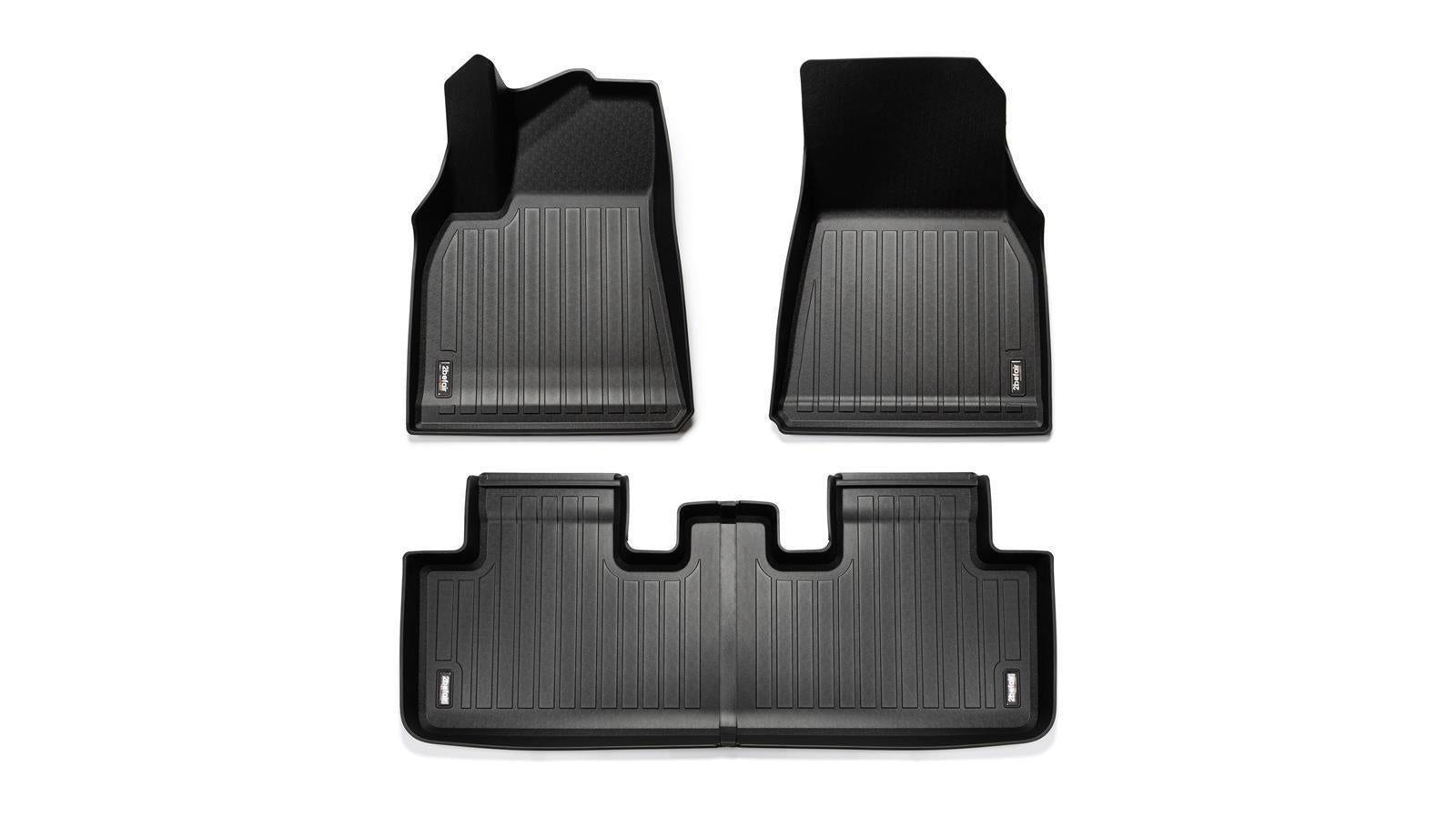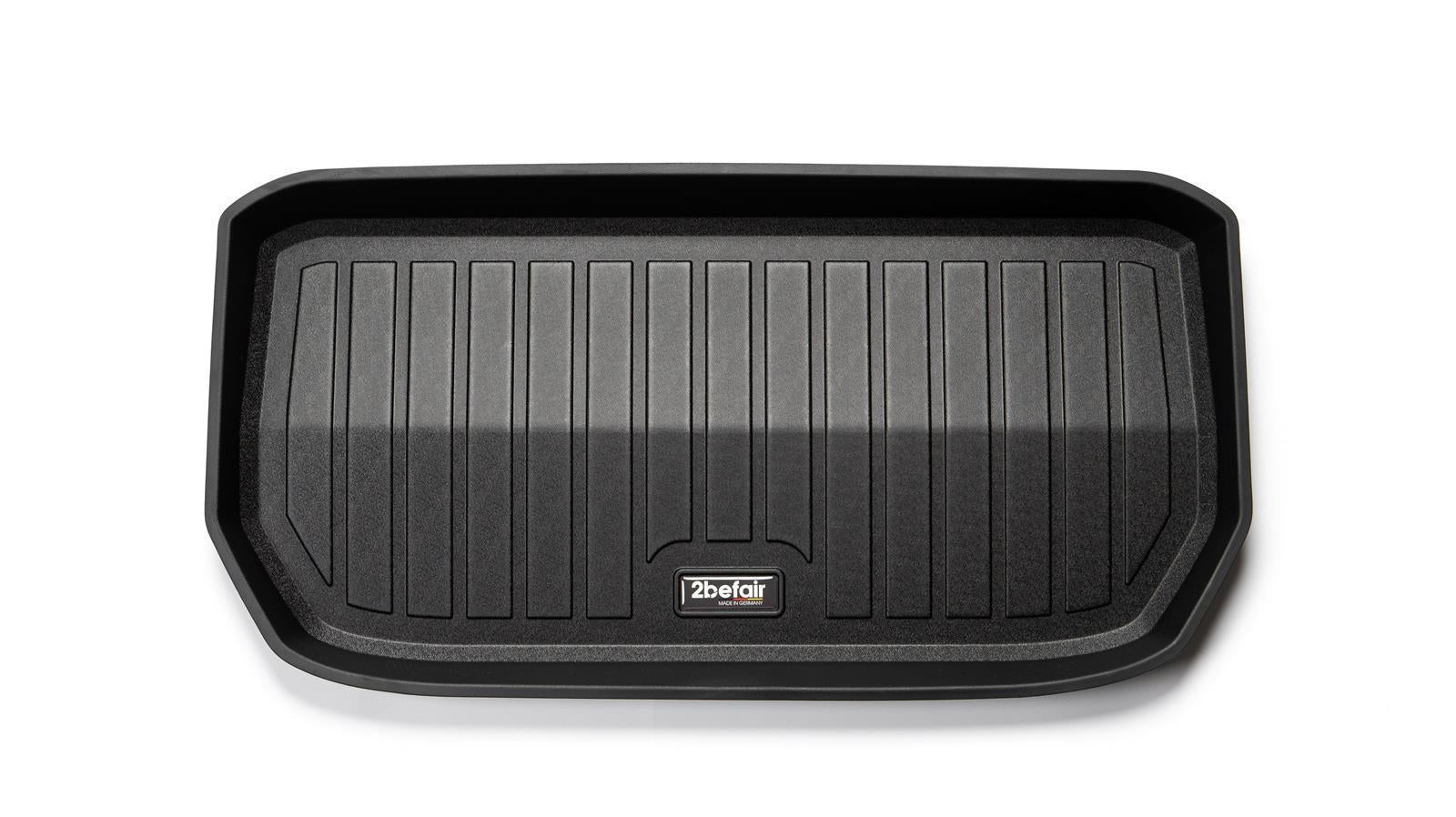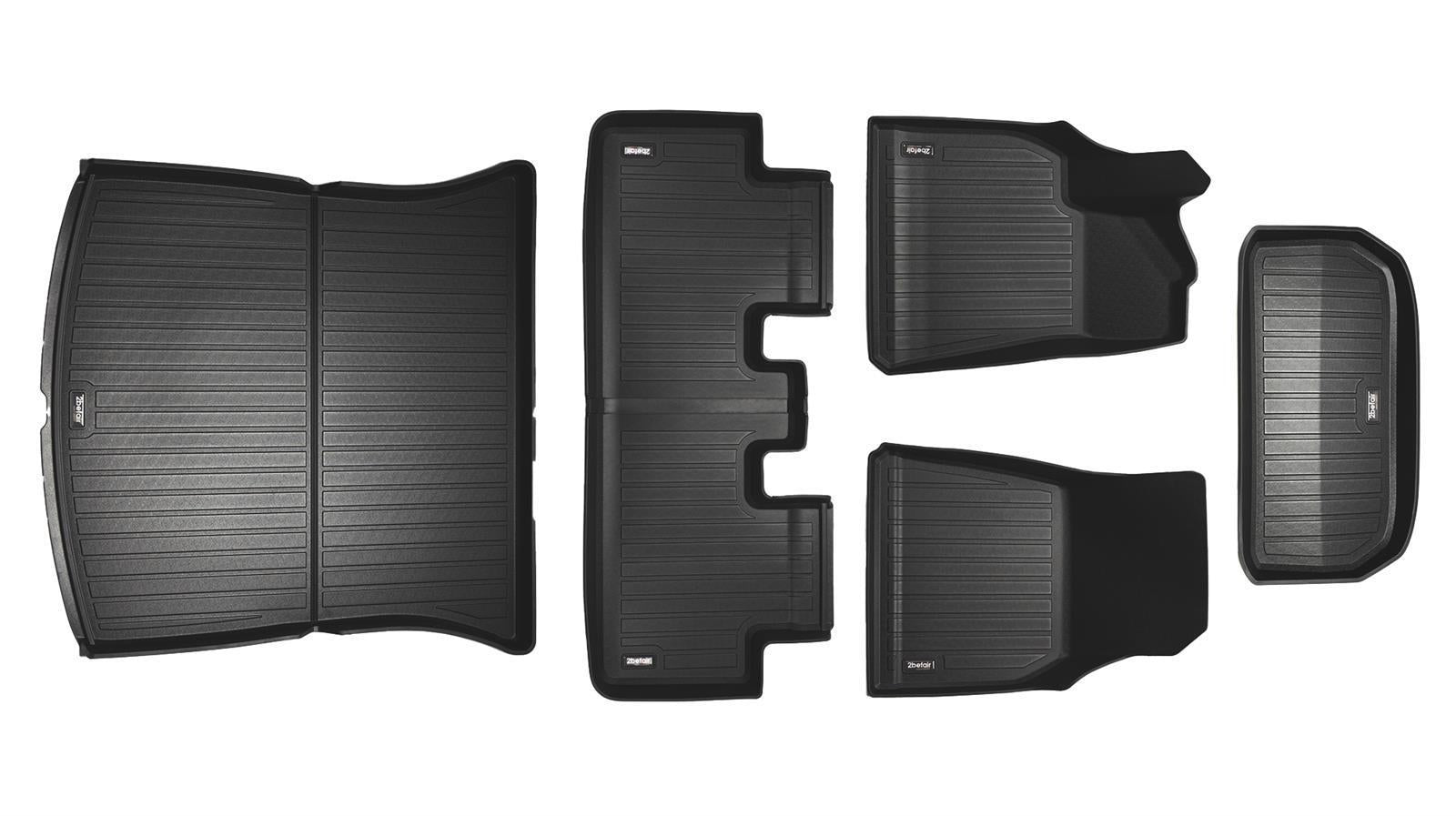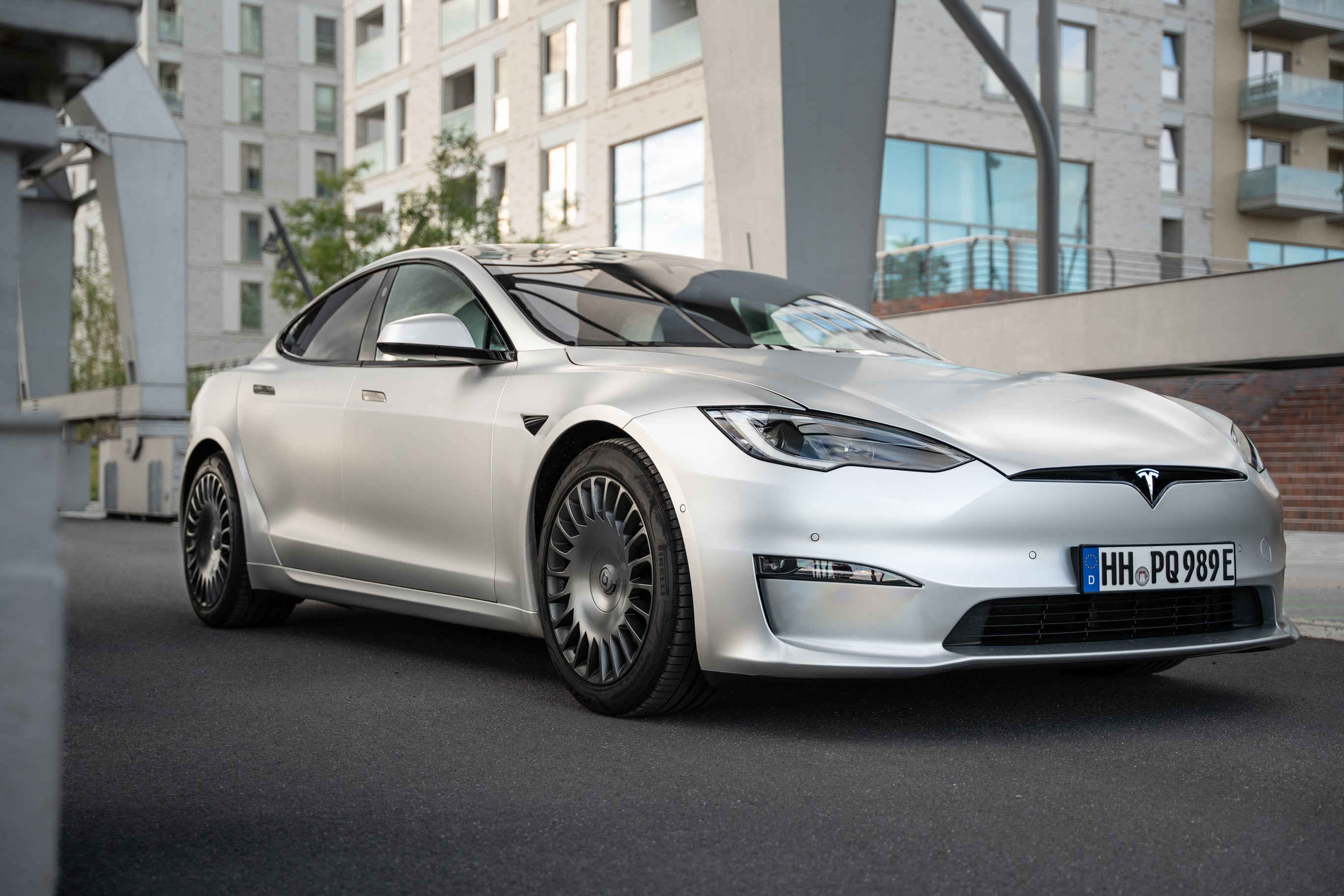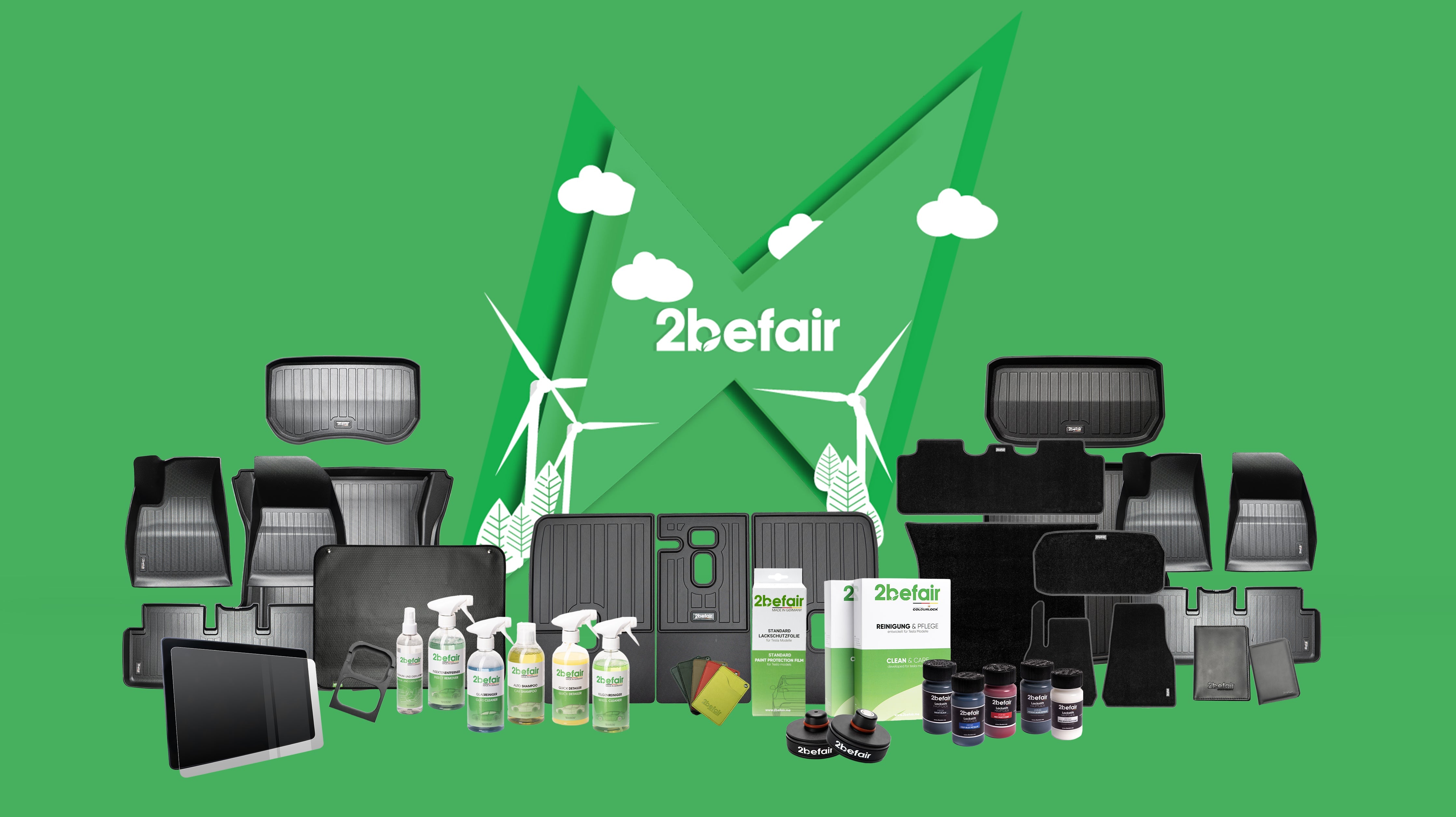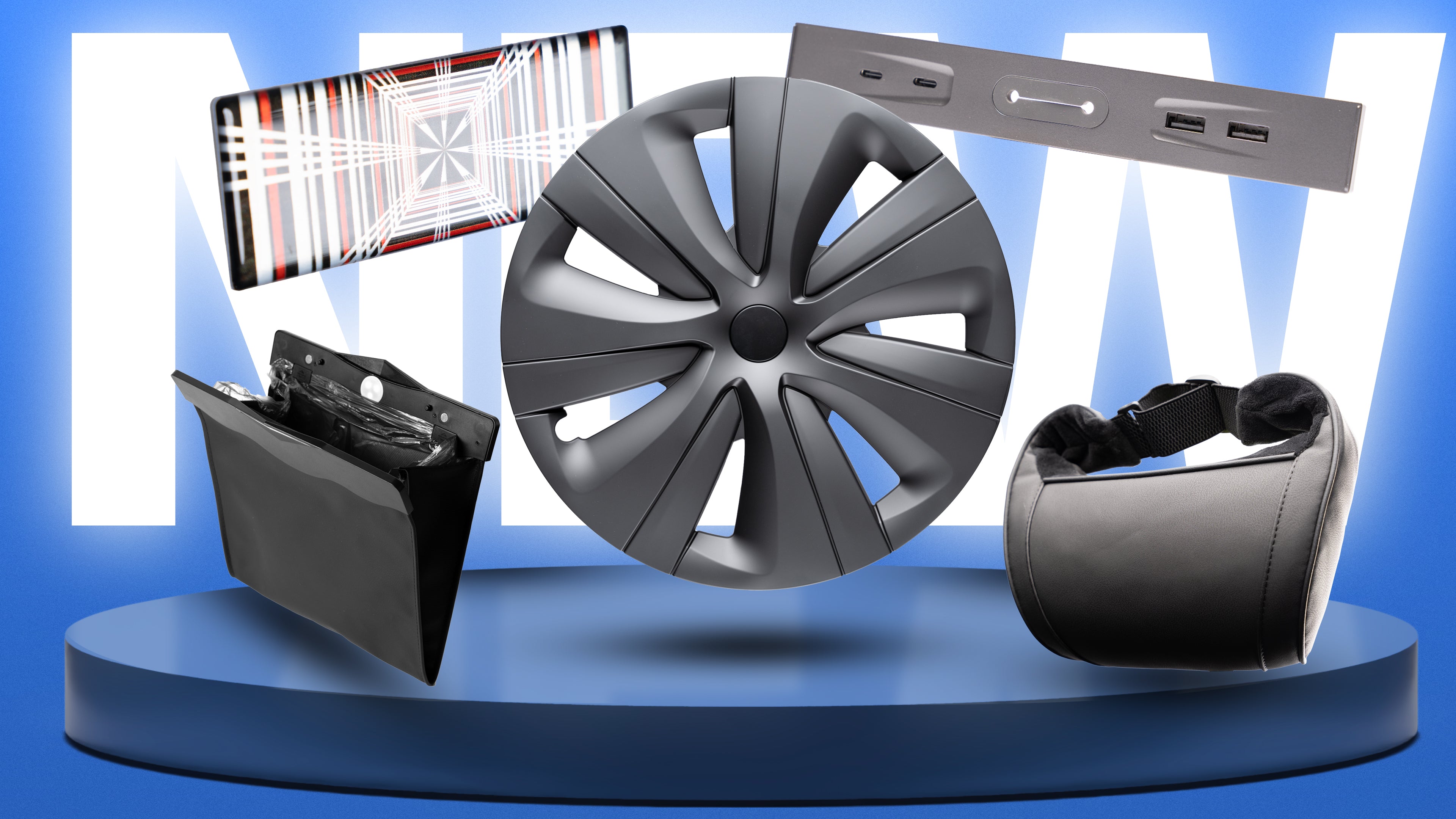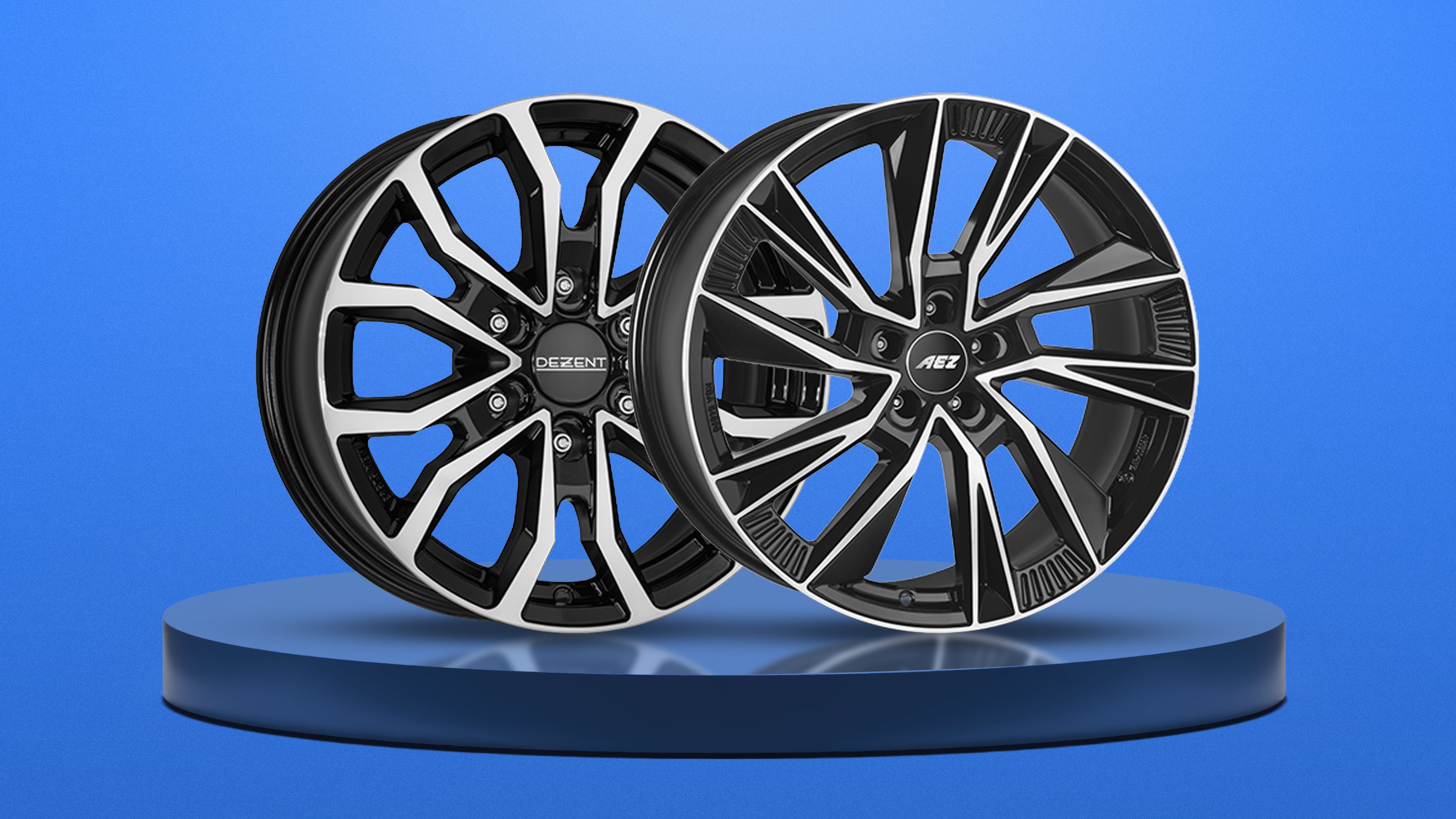Tesla has reached a significant milestone in battery technology – the latest generation of 4680 cells, called "Cybercell," now achieves the lowest price per kWh in Tesla's cell range. These advancements not only promise cost savings but also pave the way for stronger structural integration and improved safety standards in future vehicles.
Development of the 4680 Cell
Since 2023, Tesla has been working intensively on the 4680 cell. Initially, these cells were used in the structural battery packing of the Model Y. Although the initial versions were withdrawn from sale due to insufficient charging performance, Tesla has continuously worked on improvements – and now the latest 4680 cells can impress with an impressive 500 kW charging speed.
Cost Efficiency and Technological Optimizations
Michael Guilfoy, Tesla’s Director of Cell Manufacturing Operations, announced on LinkedIn that Tesla has broken its previous cost record for battery cells with the development of the "Cybercell."
-
Lowest Cost per kWh:
The new Cybercell is the most cost-effective Tesla cell and is set to be used as the main battery cell in vehicles in the future. -
Structural Advantages:
By using the 4680 cells, which are significantly lighter and stiffer, Tesla can build vehicles that are not only more efficient but also safer – a decisive competitive advantage.
Future Prospects: Dry Cathode and New Cell Types
Tesla also plans to further revolutionize its battery technology. In addition to the 4680 cell, the company is working on a new dry cathode technology.
-
Dry Cathode Manufacturing:
This method avoids the use of toxic solvents and saves time by eliminating complex furnace processes. This not only improves the environmental balance but also further reduces production costs. -
New Cell Types:
Tesla is developing a total of four new cell types, some of which are expected to hit the market as early as 2026. While the current Model S and Model X Plaid rely on the proven 2170 cells, the 4680 technology – especially in applications like the Cybertruck and the Cyberbeast – could become the dominant solution.
Conclusion
With the introduction of the lowest costs per kWh through the new 4680 cell, Tesla continues to set standards in battery production. The technological advancements in conjunction with innovative manufacturing processes like the Dry Cathode Technology show that Tesla is working not only on improving the performance but also on the cost-effectiveness of its vehicles. These developments could help make future vehicles more affordable while also being safer and more efficient – a crucial step for the future of electromobility.


